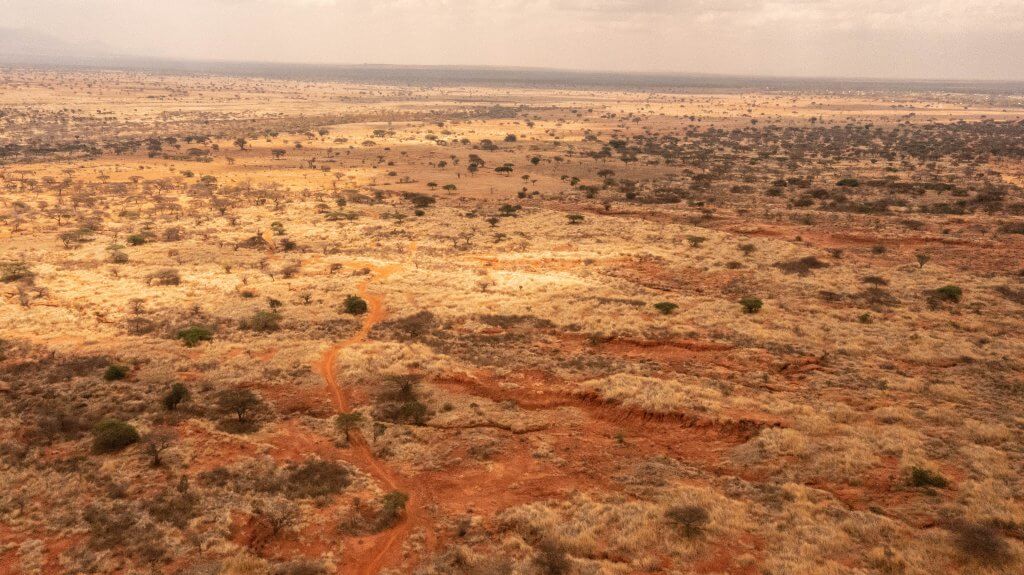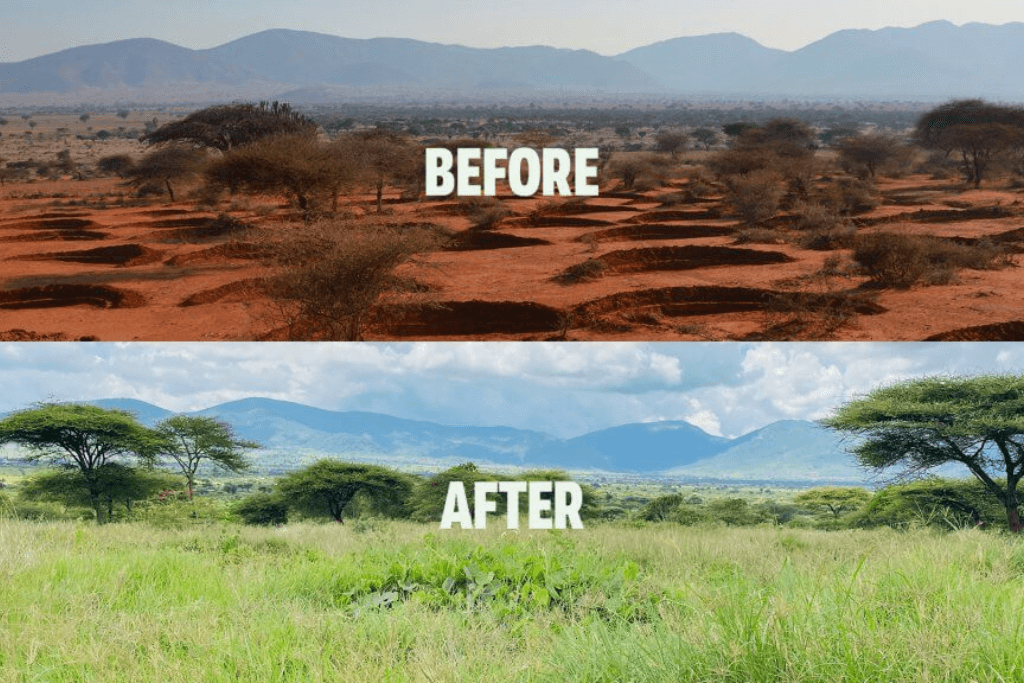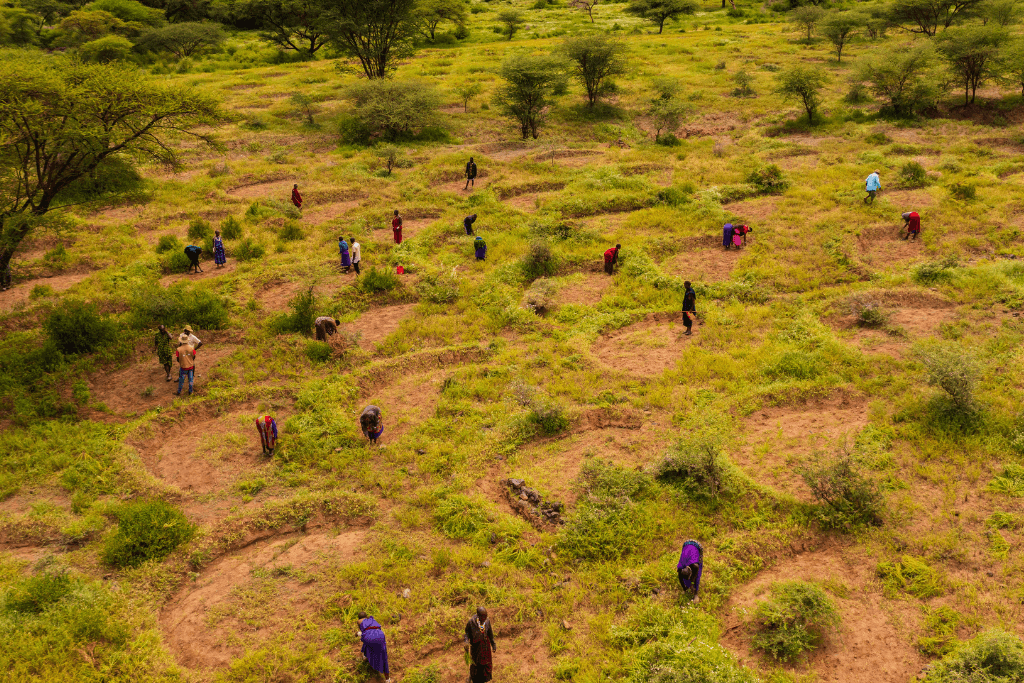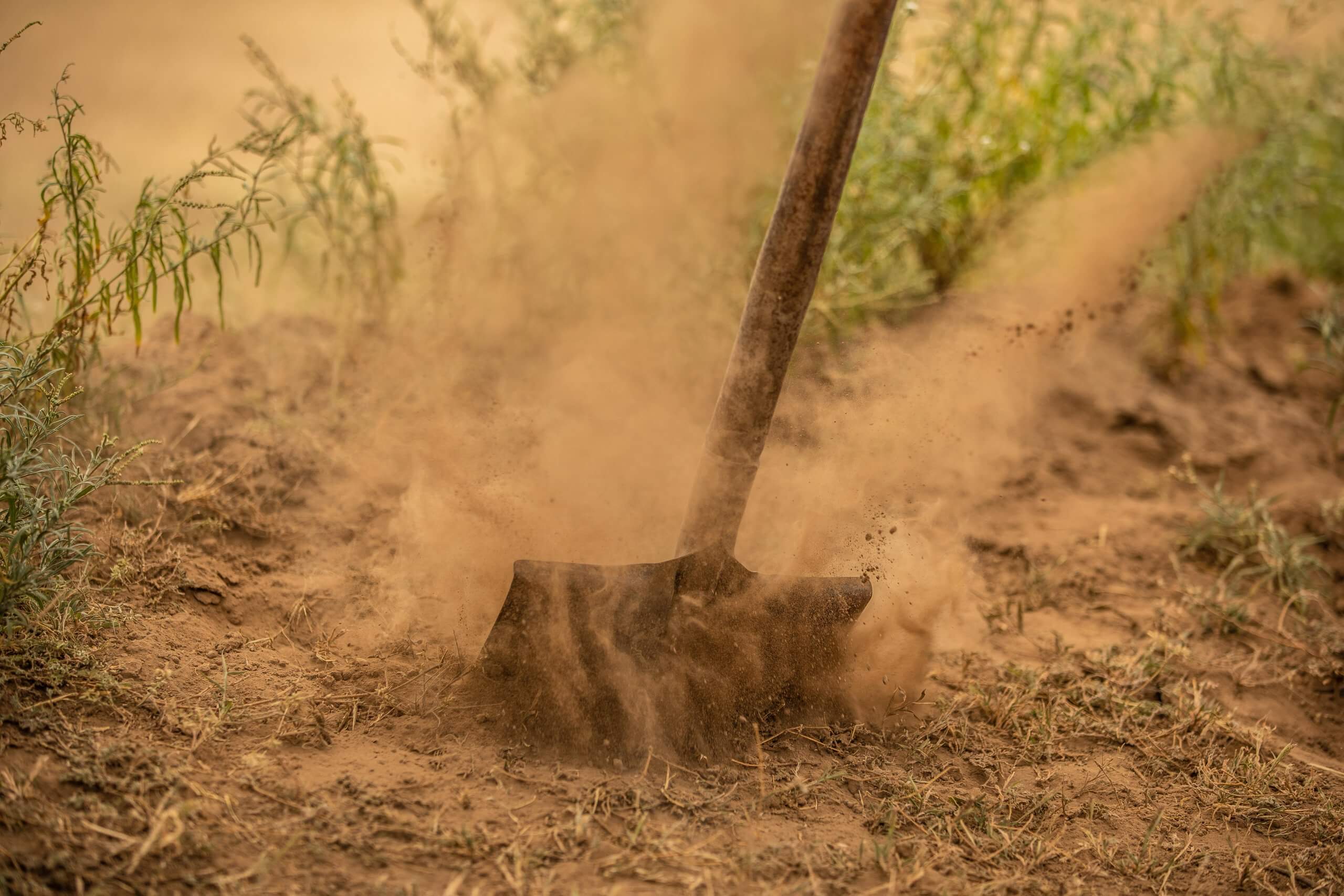The devastating drought in the Horn of Africa (and our work)
In many of the project areas in Eastern Africa where we are active, 2022 was marked by one of the worst droughts in 40 years. This has significantly impacted people, the environment, wildlife and livestock – sometimes with life-threatening consequences. It also impacted our work.

A year of drought
The success of our programs heavily relies on rainfall. Especially when it comes to rainwater harvesting. Unfortunately, drought has been a consistent issue in 2022 in the landscapes in which we work. According to the World Meteorological Organization (WMO), the Horn of Africa, which encompasses the easternmost part of the continent, experienced its longest drought in 40 years in 2022. Millions of livelihoods have been affected and some areas were hit hard.
We have experienced the effects of drought first-hand, by finding countless animal carcasses in our project areas, both from wildlife and livestock that died because of lack of food or water. In some areas, the situation was compared to the devastating drought of 2008, when reportedly half of the livestock in the larger Amboseli ecosystem died.
(Lack of) rainfall
The effect of the droughts on the communities is illustrated by this blog, written by Ishani Sonak, a master’s student who conducted her thesis research in our program areas. While the average amount of rainfall in the long term may not have changed much, things have become very unreliable in the past years. Sometimes there are entire rainy seasons without any rain, while at other times rainfall is so intense that it leads to floods.
This graph shows the total amount of precipitation during 2022 and compares it to the 40-year average for each landscape we work in. It is clear that the landscapes in southern Kenya and northern Tanzania were heavily affected by the drought.
Restoring land is the answer
Our work has become even more important in times of drought, capturing the little rainfall and ensuring it can infiltrate the soil, instead of being washed away. The current situation stresses the importance of recovering sustainable, productive and climate-resilient farmland to secure livelihoods. We believe that the large-scale implementation of nature-based solutions can play an important role in this.
Luckily, things are looking a little brighter lately. These areas finally received some rain during the last couple of months, and we are hopeful that this trend will continue. The water and food security of millions of people depend on it!





